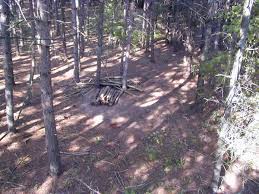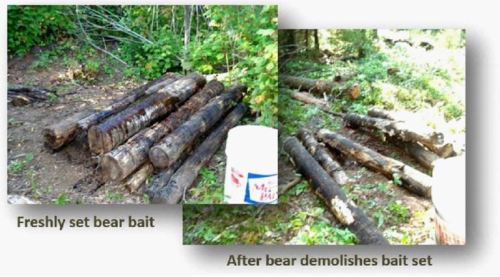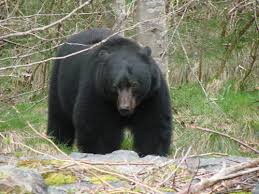 Though some may disagree, black bears are one of the most sought after of all the big game species. Who hasn’t desired a black bear rug? Next to whitetail deer, there is an argument to be made that black bears are the second most popular big game animal to hunt.
Though some may disagree, black bears are one of the most sought after of all the big game species. Who hasn’t desired a black bear rug? Next to whitetail deer, there is an argument to be made that black bears are the second most popular big game animal to hunt.
Popular to hunt they may be, but easy to field judge, they are not, and yet, in spite of the high degree of difficulty, everyone who hunts black bears wants a big one. A “meat bear” won’t do. To whit, in all the many years I’ve outfitted for black bears, not one of my client-hunters has told me that his dream was to shoot a small bear for the freezer. It hasn’t happened and it never will. The fascination we hunters have with big bears is ancient and primal; a combination of “fear” and “facing fear,” another black bear dichotomy. It’s akin to climbing up onto the roof of a building and looking over the edge, the higher the building (the bigger the bear), and the deeper the fascination.
Taking all this into consideration, why is it then that so many hunters have small or medium-sized black bear skin rugs on their wall? And more to the point of this article, why do they have small bear skulls in their dens? Why indeed. Ask them and virtually every one of them will say something to the effect of, “he (or she) looked huge to me.” It is a standard and a fair evaluation of black bear hunting. Without doubt, the toughest part of taking a big black bear is knowing what “big” looks like. What follows in this article will hopefully help you correctly make what will be your toughest judging call of all.
First Things First
When hunters ask, and they all do, how to judge black bears, they invariably throw in what they know about judging black bears, the one or two tips they’ve read in some bear article, things like “look for small ears” and “big bears have small-looking heads.” Our response is that they are way ahead of themselves, looking at the size of a bear’s ears or head isn’t necessarily wrong, it just isn’t the right thing to be doing first. The first thing they should be looking at when they see the bear they want to judge is the location of that bear.
Location
Big bears live, eat, and hang out in the best living, eating, and hanging out areas. Find the best looking bear habitat in whatever hunting area you are in and odds are, the bear you see there will be big, especially during prime evening hours. Small bears usually live in marginal habitat for their own safety, as well they should, since big black bears eat small bears. Often hunters say that they spotted an especially large bear right up near the edge of the timber, near the big trees. And they may well have, but odds are, the reason that bear is up there near all those good escape trees, is that the bear itself is small and the very tops of those nearby trees are the best insurance against ending up as a bear breakfast.
Of course, location is a relative thing, a grassy meadow along a creek in the bottom country or a reclaimed road seeded to clover in the high country. In other areas, a good location may be a bait pile or oat field. Because of the huge diversity of black bear habitat across North America, good location is relative and impossible to qualify. Know your hunting area and you’ll know what to look for, but remember, if there’s a bear feeding on a prime spot at prime time, odds are it’s a bear worth judging.
 Attitude
Attitude
Big bears are the toughest, meanest sons-of-a-guns in the area and they act it. Watch a human bully walk down the street, he walks with a swagger and an attitude. A big bear walks the same way. He doesn’t fit and start at every sound like a small bear will. A big bear doesn’t have to; he believes he’s got nothing to fear. Once you’ve spotted your bear on the prime feeding spot during prime time, it’s time to get serious about how that bear is behaving.
It is important to note that long before you judge the size of the bear, you must judge the sex of that bear. A big, old sow will have all, or more correctly, almost all of the physical characteristics of a big, old boar. She’ll have the nasty looking face that’s seen one too many years in the ring, the potbelly and the sway back. The one thing (besides the obvious) that she won’t have, except in exceptional cases, is the “I’m the biggest and baddest son of a gun in the valley” behavior that determines sex more effectively than if that bear was wearing a bikini.
- Watch to see if the bear stands on his hind legs and rubs his back on a tree, that’s a boar.
- If it walks along and straddles small trees, wiping its scent on that tree, it’s a boar.
- If it stands up and breaks saplings over its shoulder, it’s a boar.
- If it encounters another bear and gives chase, it’s a boar and if it is following a smaller bear, it’s a boar.
Scale
There is one last general appearance tip to judging black bears that makes the top three in importance, and that is scale. A big bear looks big . . . but so does a closer, smaller bear. Here’s a quantitative example of this. If the bear is 150 yards away but the hunter thinks the bear is 200 yards away, the hunter will overestimate the bear’s relative size by somewhere near 25 percent. In other words, the hunter is in for a serious case of ground shrink when he walks up to his bear. Get as close to the bear as you can. The closer the bear, the less chance there is of misjudging the distance to the bear, and thereby misjudging the bear’s relative size.
Specific Tips for Judging Black Bears
If the bear fails any one of the above general conditions, then let the bear walk. It’s tough but at least there isn’t a dead small bear lying on the ground.
1) Body Shape: Do you wear the same size pants as you did when you were in high school? Be honest, does your spouse poke you in the belly once in a while and tell you to cut back on the Twinkies? Bigger bears are older bears, and like most of us, they don’t have the svelte bodies they once did. They tend to look “heavy” and out of shape. Remember, they monopolize the best feed and habitat, and therefore exert less energy to live.
2) Head Shape: A big bear (boar) will have a deeper, wider and longer snout than a smaller bear or a female. His ears will appear to be wide apart and small. If he is aware of you and looking your way, his ears won’t stand up on top of his head like a dog’s ears, they’ll seem to be aimed out to the side of his head. A big bear will have well developed “bulging like Arnold,” biting muscles on the top of his head.
3) Legs: A big bear will have massively developed front shoulders. His shoulders will look big and burly. A sow’s wrist will pinch in directly above the foot. Not so with a boar. The lower forearm, wrist and the foot on a big boar are all the same width. A big bear often appears to have shorter legs because the body is so much thicker, but keep in mind that the best-scoring bears for the records book are often the lankier looking, longer-bodied bears.
Let Boone and Crockett Sort Them Out
There isn’t a guide or hunter in the world who can accurately call the skull measurement of a black bear. It’s impossible. There are simply too many variables that affect the final dried measurement. 
There are bears that have meatier heads; bears that look great and are great trophies, but that don’t score well. There are others that have short skulls, block-headed beasts that look impressive, but that don’t score well at all and there are lanky, skinny bears with donkey faces that score like the devil, but that a hunter seriously looking for a records book bear wouldn’t walk across the street for. Black bear morphology is just too darn diversified to make a science out of judging.
The best way to hunt for a records book boar is to simply shoot the bear that looks good to you and that hopefully you’ll appreciate. If it’s got a nice hide, be happy with your animal. If it has long claws and weighs a ton, good for you and congratulations. If it isn’t as big as you’d like, don’t fret, you’re not alone and the rug on your wall will still look great. If it happens to be one of those rare few bears that has grown a skull that qualifies for the records book, thank your guide and your lucky stars and don’t expect to repeat the feat in the near future. It won’t be that bigger bears aren’t around—they are—you just won’t be able to tell them apart from the other bears in the area!
BREAKDOWN OF SCORING COMPONENTS – BEAR

Follow our FISHING BLOG
WEB RATES FISH HUNT CABINS PHOTOS
BROCHURE HUNT BOOKLET
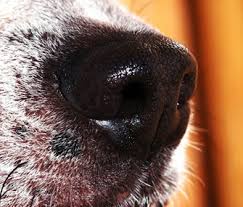 Scent is a mysterious and often grossly misunderstood aspect amongst those who not only pursue game with hounds or other hunting dog breeds, but all hunters in general.
Scent is a mysterious and often grossly misunderstood aspect amongst those who not only pursue game with hounds or other hunting dog breeds, but all hunters in general.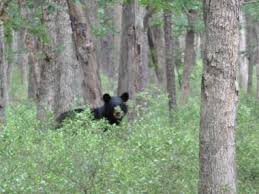 The canine’s nose is attracted to the strongest scent source available at that moment during trailing. The canine has thousands more scent receptors than humans. A roaming nose is a hunting nose; let it be.
The canine’s nose is attracted to the strongest scent source available at that moment during trailing. The canine has thousands more scent receptors than humans. A roaming nose is a hunting nose; let it be.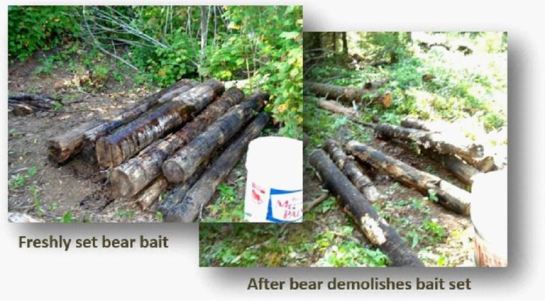



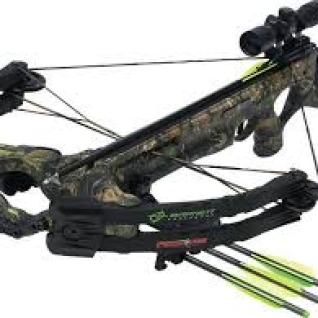








![OR%20Map%20rg%20habitat%201[1] OR%20Map%20rg%20habitat%201[1]](https://wawanghunting.files.wordpress.com/2014/11/or20map20rg20habitat2011.jpg?w=211&resize=211%2C211&h=211#038;h=211&crop=1)
![OR%20Map%20rg%20habitat%204[1] OR%20Map%20rg%20habitat%204[1]](https://wawanghunting.files.wordpress.com/2014/11/or20map20rg20habitat2041.jpg?w=211&resize=211%2C211&h=211#038;h=211&crop=1)







